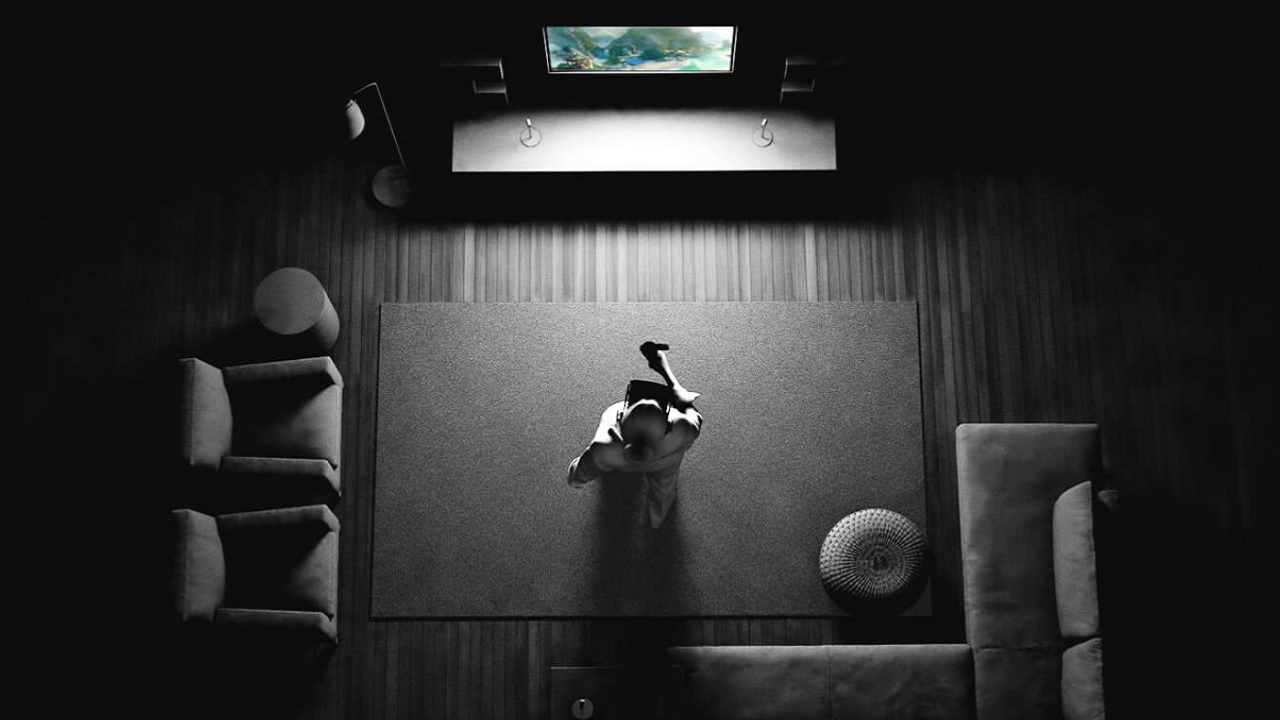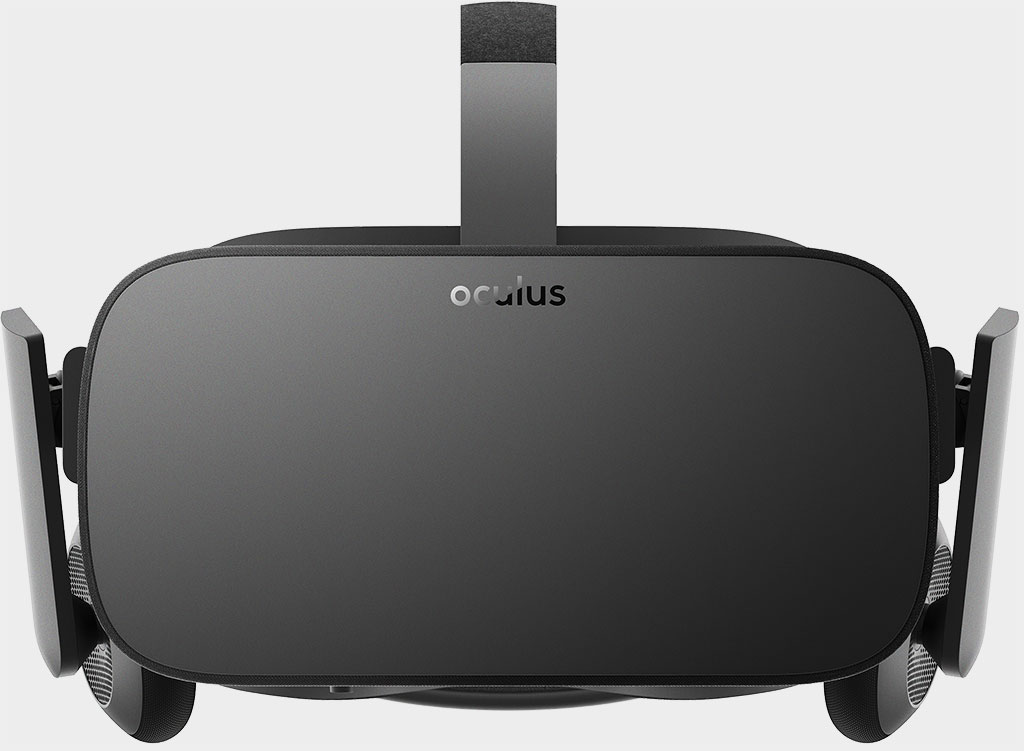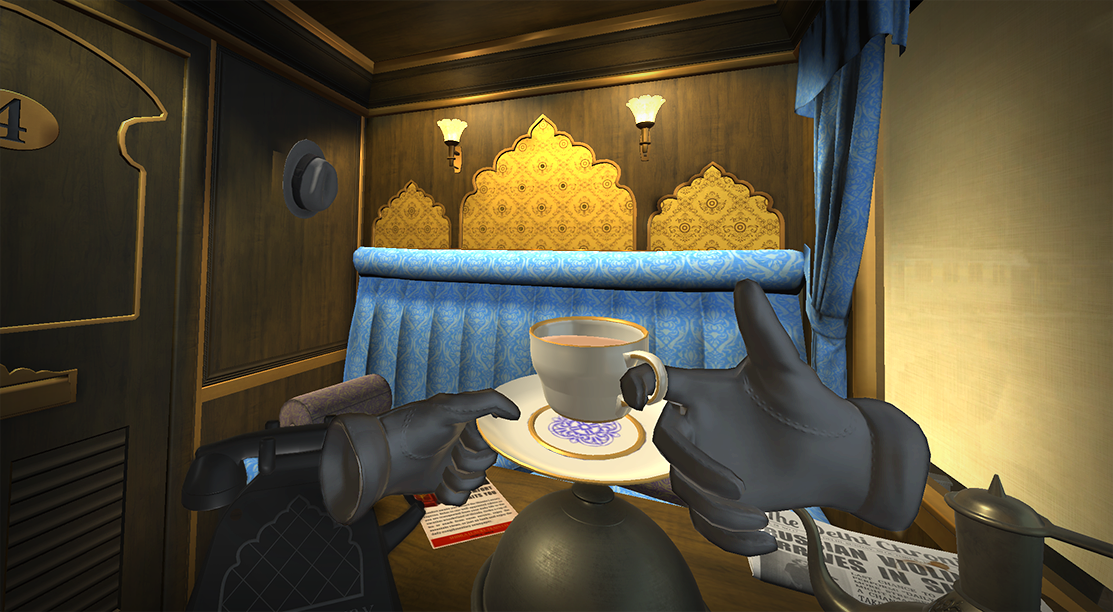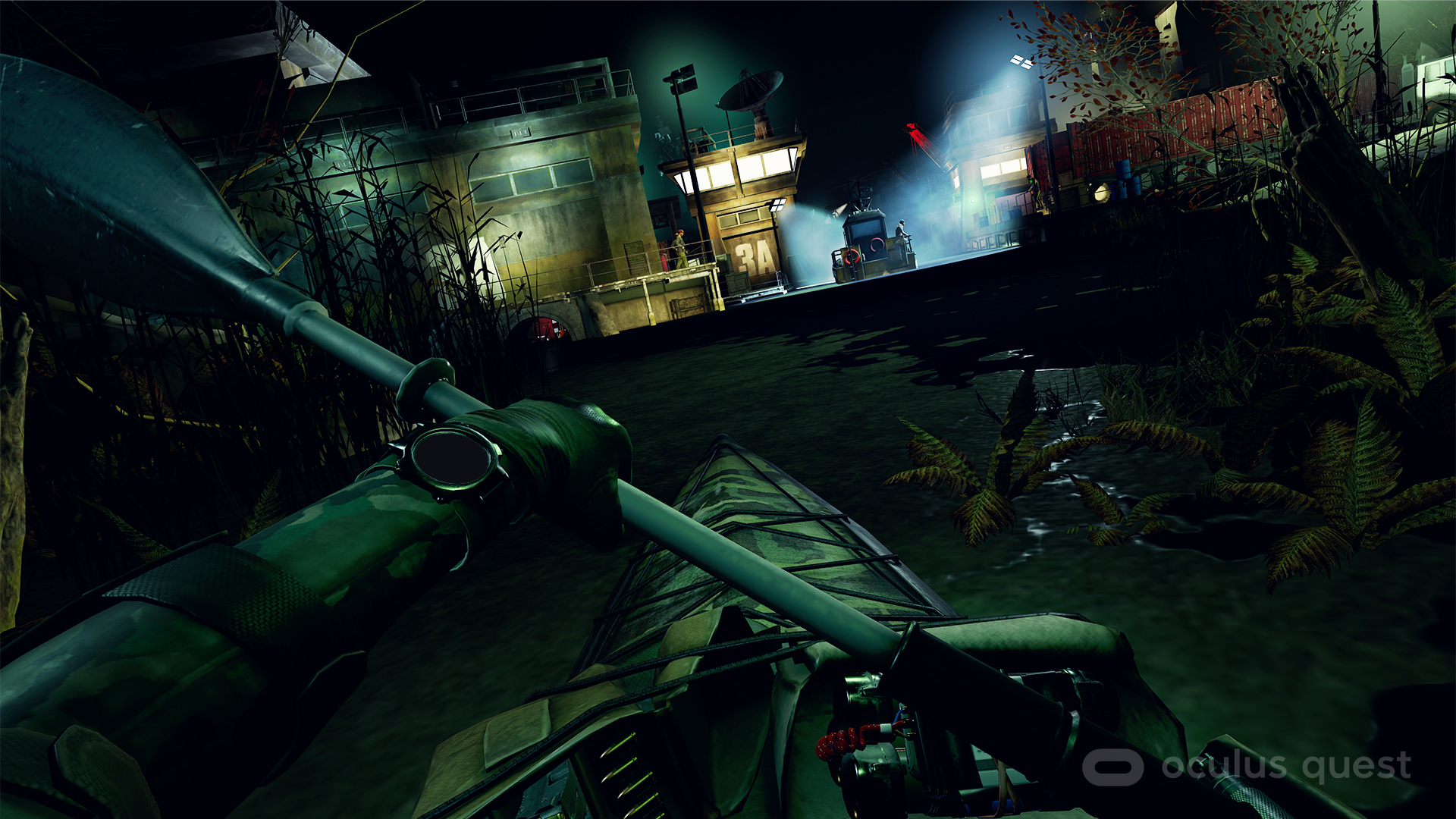How to combat VR sickness
Here are some ways you can eventually get your "VR legs."

Since the inception of virtual reality, and with the battle for best VR headset heating up every day, there's been research into why it makes some people feel sick—and while related to motion sickness, it's not exactly like motion sickness. No one really knows why VR sickness happens, but there are a few theories. It could be that screen refresh rates aren't high enough in VR headsets, or it could be that there's a sensory conflict happening between the motion on the screen and what our brains think should be happening.
And the way you feel nausea while playing VR can vary, too. You can feel it immediately in your stomach, or maybe you feel dizzy first as your eyes try to adjust to the screen and then end up feeling it in your stomach. Maybe you don't feel sick on roller coasters or in the car, but for some reason VR is a trigger. Whatever the case, it's probably something about the way your brain is trying to process movement on screen while your body is standing—or sitting—still.
I'm no doctor, just someone who has spent enough time playing VR games and riding traditional and 4D roller coasters to know that it's something in the screens that make me feel sick, not the movement entirely. (I haven't been able to ride Star Tours at Disneyland since they added in the 3D glasses.) Luckily, there are a few things you can do to prevent or mitigate VR sickness, especially if yours is relatively light.

Not all headsets are equal
My first VR experience felt similar to having a terrible migraine. I was playing a first-person underwater game called Narcosis on the Oculus, and as soon as I started moving I felt pressure form behind my eyes and radiate up to and around my forehead, which moved down to my stomach after five minutes. Not a good feeling.
When I play similar games on the HTC Vive like Ocean Rift, I don't feel sick. There's something about the Oculus headsets that make me feel a little queasy, mostly in a first-person POV and while moving forward. (For what it's worth, I don't feel sick as much now that the Oculus has an OLED display.) In any case, you might find that certain VR headsets have different effects on you simply due to their screens.
Of course, I wouldn't recommend dropping over $1,000 on VR headsets just to figure that out. If one of your friends has a VR setup, ask to try it out, or spend $20 at a VR cafe if you live near one. At the very least, read a bunch of reviews from several different websites to get a better idea of how VR affects different people. If you don't have easy access to a VR headset, want to take a chance, but end up feeling queasy, don't worry—you didn't waste $600. There are still some things you can try.

Go 3rd-person POV, or stationary
Sometimes, it's a specific kind of game that triggers VR sickness. After playing Narcosis, I now know that first-person games that take place underwater will make me lose my lunch if I play them for too long. (I was also in a claustrophobic space in the game, which didn't help.) I fare better with VR games that take place on the water, like Phantom, or games that take place on land, like Stormland—but it's the first person, forward movement in those games that still makes me feel a little weird.
Keep up to date with the most important stories and the best deals, as picked by the PC Gamer team.
If we assume that at least one of those VR sickness theories is correct, then removing the first-person element, movement, or both would make any VR game work like Dramamine for the most sensitive stomachs. Playing a 3rd-person point of view or stationary game seems to defeat the purpose of playing VR games, but they are the least likely to give you the spins.
I Expect You To Die, Moss, and Beat Saber are just two examples of games that either place you in a stationary sitting position, don't have forward motion, and/or are in 3rd person. In I Expect You To Die, all of the puzzle solving is done from a stationary position. The game also uses motion tracking to give you a full, 360 degree view of the room, so it doesn't cause a sensory conflict between your body and your brain—same thing with Beat Saber. They both have a fixed point of reference.
Moss is a technically a 3rd-person game—and since your brain automatically understands that it's not a digital extension of your virtual self, that can get rid of VR sickness.

Sit down
An easy way to tell if your body is having trouble distinguishing between what is happening in the game verses what your body is actually doing is if you feel yourself sway or stumble a bit as you move in the game. As a safety precaution, grab a comfy chair and slowly ease your way into the game. This happened to me a few times while playing Stormland. I'd break into a run too fast and my body would involuntarily jerk in response.
But you can play any VR game sitting down without ruining the immersive experience. Phantom builds sitting down into the game itself, since you are traveling via kayak the entire time, as does I Expect You To Die, but you can play a game like SuperHot in VR while seated and still have a great time. You can also try a swivel chair as an alternative (but mind the wires if you are using anything but the Oculus Quest).

Slow down
When possible, control the speed of your movement in the game. This was a bit harder for me to do in Phantom because I had to use full arm movements to move and steer my kayak, but movement in Stormland is controlled with the joystick on the left Oculus Touch controller. By pushing my joystick only halfway up, I was able to walk at a comfortable pace that didn't make me feel sick. It is possible to build up a tolerance to the sensation of walking while standing or sitting in place this way, too, as my nausea had eased a little by the end of the demo.
Stormland also has an option that lets you control the direction in which you walk by turning your whole body instead of using the other joystick. This option lessened any nausea I was feeling because my physical movements were more in sync with what was happening in-game. So, when demoing VR games or reading reviews, see if there is any mention of something similar. The goal is to match game movements with physical movements as much as possible when playing in first person.

Use motion controllers
One of the great things about how VR has advanced over the years is the addition of motion controllers. We still have a long way to go to make VR completely mesh with real body movements, but motion controllers are a step in the right direction, if only to help lessen sensory conflict.
When I played Narcosis for the first time, motion controllers weren't a thing. I was sitting in a chair with an Oculus uncomfortably strapped to my head while I was moving around in the game with an Xbox controller—definitely not an immersive experience, but that's less of an issue now.
Of course, motion controllers take some time getting used to. There's a new button layout to learn and some are more comfortable to hold than others. (The Oculus Touch controllers are better suited for individuals with smaller hands than the HTC Vive controllers, for instance). If you're used to PC Gaming, the thought of using a VR controller might seem taboo, but for lessening VR sickness, it has the potential to help.

What about anti-nausea medicine or a natural remedy?
I've seen a few other sites recommend both of these things to lessen VR sickness, and they might work for you, but they do not work for me. The VR sickness I experience is heavily tied to the screen itself (and the Oculus), a specific POV, and movement, so I haven't had much luck with anti-nausea medicine.
Having cool air blowing on your face might make you more comfortable if your adrenaline from feeling sick is causing your body to heat up. People who get motion sickness often report this helping immensely, so it's worth a shot if you have tried every other option and there's still some lingering nausea.
Others have recommended natural supplements like mint and ginger. Some think they will find a cure for VR sickness—but let's just say I'm incredibility skeptical of that one happening anytime soon.
For a deeper look into the future state of VR, check out Alan Bradley's feature.


